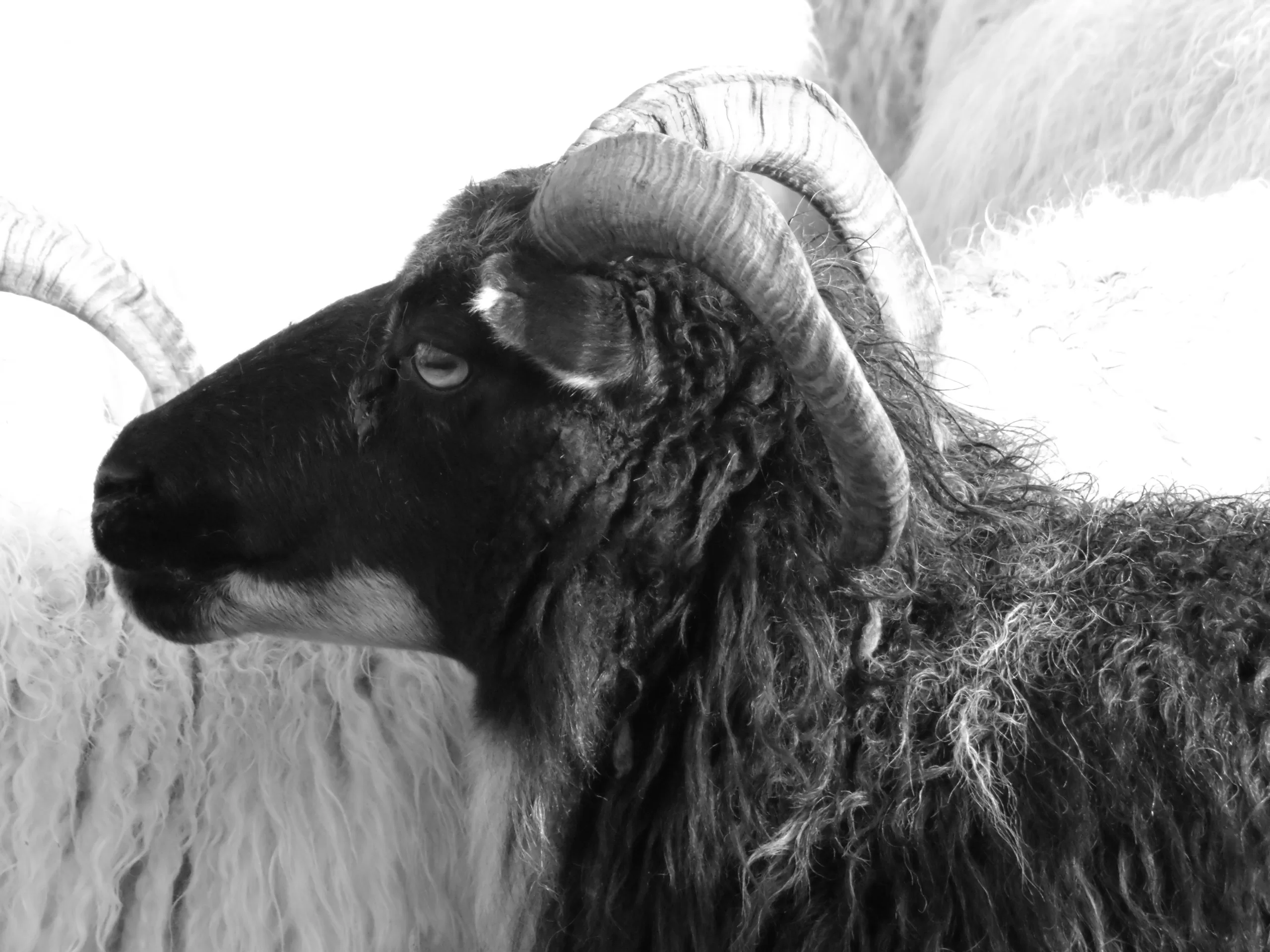There were times and places in history when stealing a man’s livestock got you hanged. From Vikings in the north to the cowboys of Australia, getting caught with another farmer’s animals was considered especially heinous. Ever since humans began domesticating livestock 10,000 years ago, to steal from one family’s herd was to threaten their livelihood and ability to survive. One would assume, however, that by now as a species we have outgrown such acts. It would seem that the modern world has little place for animal rustlers anymore, especially given advancements in technology, law, and democracy. One would think that animal-stealing outlaws would be a thing of the past.
Except that they aren’t.
In the United Kingdom, the number of sheep stolen has risen dramatically over the last few years. Farmer organizations explain that a generation ago the occasional ewe or lamb might have been nabbed from paddocks that were out of view of houses or barns. Now, however, sheep theft has gone from the act of a local and maybe hungry delinquent, to highly-organized operations that involve multiple individuals and apparently a network for distributing the swiped animals without getting caught. It was estimated that in 2018 £2.5 million (approximately $3.27 million) worth of animals were stolen.
In Salisbury, England this year, 220 New Zealand Romney ewes were heisted, leaving the farmer with less than half of his original flock. Because there were no witnesses, no traces left behind, and no lines of enquiry to pursue, all journals covering the incident had little else to report on, other than to speculate at what it might have taken to make so many sheep disappear. Because such acts tend to leave police with so few leads, less than one percent of sheep rustling cases result in conviction.
The United Kingdom is not the only part of the world in which sheep rustling is a matter of notable gravity. Kyrgyzstan, a former Soviet country where Ghengis Khan once rode rampant, is perhaps best known for two things. One is its long history of nomadic shepherds tending to sheep, horses, and yaks across the countryside; the other is bride stealing. According to research, approximately 25% of all marriages in Kyrgyzstan are the result of females being kidnapped. While some cases are a mutual ploy to avoid paying a dowry to the bride’s parents, many instances include women being physically forced into marriages against their will and are recognized as a major international human rights violation. Nonetheless, some sources suggest that there are approximately 70 times more cases of livestock theft brought to court in Kyrgyzstan than bride kidnapping, as stealing sheep and horses is seen to be a much more insolent act. The punishment for robbing a sheep in Kyrgyzstan is 11 years in prison. For stealing a bride, if convicted: 3 years.
It should be pointed out, however, that not all examples of modern sheep theft (sheeplifting?) are necessarily malicious. Canadians sheep producers likely remember the case of Linda “Montana” Jones and her flock of missing Shropshires. In 2010, the Canadian Food Inspection Agency (CFIA) claimed that one of her sheep tested positive for scrapie, and subsequently ordered the flock of 31 to be killed. When the CFIA arrived at the farm, however, instead of sheep they found a handwritten note nailed to the barn door. It said that the flock had been taken into “protective custody” until proof of scrapie was delivered, and that the theft was done without the knowledge of the owner. It was signed by a group that called themselves the “Farmers’ Peace Corp.” It took two months for the CFIA to locate the sheep on a farm five hours away in Ontario. After they were slaughtered they were tested and found to be negative for scrapie.
Montana Jones notwithstanding, rustling represents a relatively underrepresented concern faced by farmers in countries involved in sheep production. If $20,000 worth of jewelry was stolen from an outlet, it would make headlines for weeks. However, the equivalent value missing in livestock is harder for the public to get their head around. There might be a few laughs, and then the media moves on. However, for farmers struggling to make a living in a difficult occupation, it is much less funny. Some farmers have coalesced to form watch groups, but still have a difficult challenge in patrolling vast rural areas. Others are forced to invest in surveillance technology or high-tech marking systems that allow them to track their animals. There seems to be no easy fix to the resurgence of this troubling phenomenon. As much as society and technology has advanced over the last hundreds to thousands of years, many sheep farmers are once again faced with an age-old problem.
This article is part of The Milk House Column series, published in print across three countries and two languages. It can also be found at themilkhouse.org.
This article appeared in a similar form in Progressive Dairyman and Farm and Livestock Directory.

